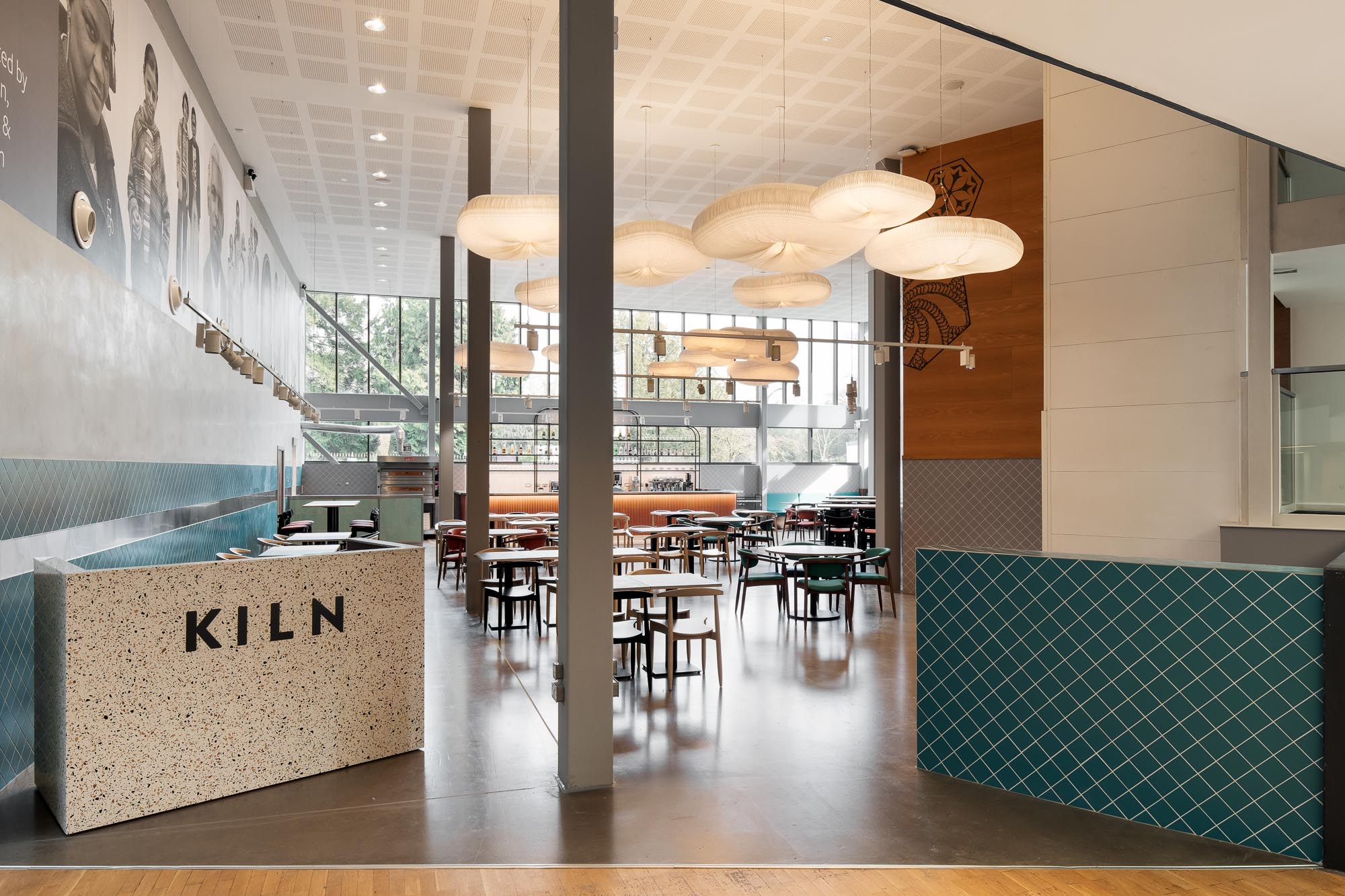Light up the room. Switch on the ambience.
Think of the vibe in your favourite restaurant. The smell of the exquisite food lingering in the air, the bustle of content diners, the tinkling of glasses as another round is poured. It has an atmosphere that makes you feel cosy, serene and…peckish! Much of this inviting experience comes from the ambience created through lighting design, something you may not even notice. A skillful restaurant lighting design has the potential to influence your customers’ entire experience.
Let’s start with the basics. Some of the key things to consider when designing your restaurants lighting scheme is colour temperature, lighting levels and lighting controls. Three factors that are crucial when it comes to creating your restaurant’s desired ambience
Think in layers
For a lot of restaurants their ultimate goal in their lighting design is to give a feeling of warmth and intimacy. Dramatic lighting is essential, with ambient lighting kept to a minimum, or even removed entirely. Accent Lighting will create pockets of interest, revealing materials, highlighting artwork and architectural details or even putting the spotlight on the food.
Shadows also play a huge role in creating a moody atmosphere in your restaurant lighting design. Pools of light can create moments of intimacy interlaced between fragments of shadow. Decorative wall lights and feature pendants also help to focus attention, reinforcing your branding, and cementing the narrative of your dining experience.
Examine the temperature of lighting
The temperature of the lighting plays a huge role in creating the correct atmosphere in your restaurant. Dining by candlelight creates a very romantic setting. The flicker and warmth of a candle is hard to replicate but not impossible. The artificial lighting used should be very warm (around 2400k and 2200k sources). The use of candles as well, shouldn’t be dismissed, it is a sure way to achieve this romantic soft lit atmosphere in your restaurant.
Control the setting
This may seem obvious but it is something that can be easily overlooked. In general we would suggest that restaurants need four lighting settings; day, dusk, night and late. These scenes allow the artificial light to correspond with the natural lighting, creating the optimum setting for each point of the day.
A simply calculated system creates ease and flexibility when setting the scene within a restaurant. As the day moves gradually towards evening, dimming the lights helps to soften the focus within a room and switch up the atmosphere. A sophisticated control system can allow you to lengthen the transition times between scenes, so the change is virtually unnoticeable to the diners.
Align to your restaurant concept
It is worth noting that within fast food restaurants the aim is to have a quick turn over or or high foot fall, therefore it is advantageous to use brighter, white light, which is deliberately unnatural and almost uncomfortable, this discourages customers from lingering for too long. Lighting a fast food outlet requires a very different approach to a fine dining outlet. Establishments with this kind of quick turnover will require higher levels of ambient light. Typically, an average illuminance of 300 lux with colour temperature around 3000k or 4000k.
Poorly lit rooms will affect how satisfied your customers feel. The power of lighting your restaurant effectively will make an immense difference to the overall experience. Smart lighting will influence your customers mood and appetite.
If you want help designing your restaurant and lighting scheme then get in touch today for a chat…..we would be happy to help.







